Louis Nicolas (1634–post 1700) ordered the drawings in his manuscript Codex Canadensis according to a seventeenth-century hierarchy: first humans, then plants, animals, birds, and finally fish. This crowded page, which begins the plant section, contains eight different figures. He captioned number 3, for example, as the “three-colour herb,” number 6 as “wild garlic,” number 7 as the “Cotonaria, which bears honey, cotton, hemp, a beautiful flower, and asparagus,” and number 2 as “ounonnata, which grows roots like truffles.” “Ounonnata,” an Iroquois word, has been identified as the rhizome of Sagittaria latifolia, the broadleaf arrowhead, known in the United States as the wapato or Indian potato. In his rendition, Nicolas chose to highlight its edible tubers. Botanists have found the “Lymphata” (number 5) difficult to identify because of inaccuracies in the drawing.
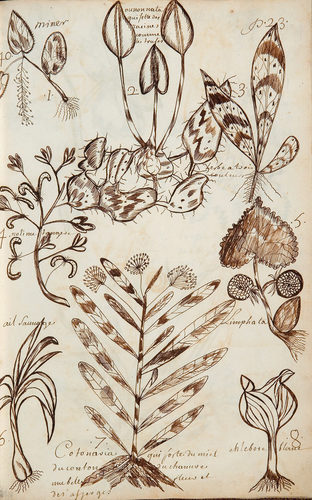
Codex Canadensis, page 23, Gilcrease Museum, Tulsa, Oklahoma
Nicolas was certainly interested in flora: he illustrated eighteen different species on four pages in the Codex. In The Natural History of the New World (Histoire naturelle des Indes occidentales), he describes close to two hundred plants in all—more than any other contemporary writer in New France. Nicolas had observed all the vegetation he drew, unlike botanist Jacques-Philippe Cornut, for example, who never visited North America and in his History of Canadian Plants (Canadensium plantarum historia) (1635) relied on descriptions and specimens provided by other botanists and travellers.
This Spotlight is excerpted from Louis Nicolas: Life & Work by François-Marc Gagnon.
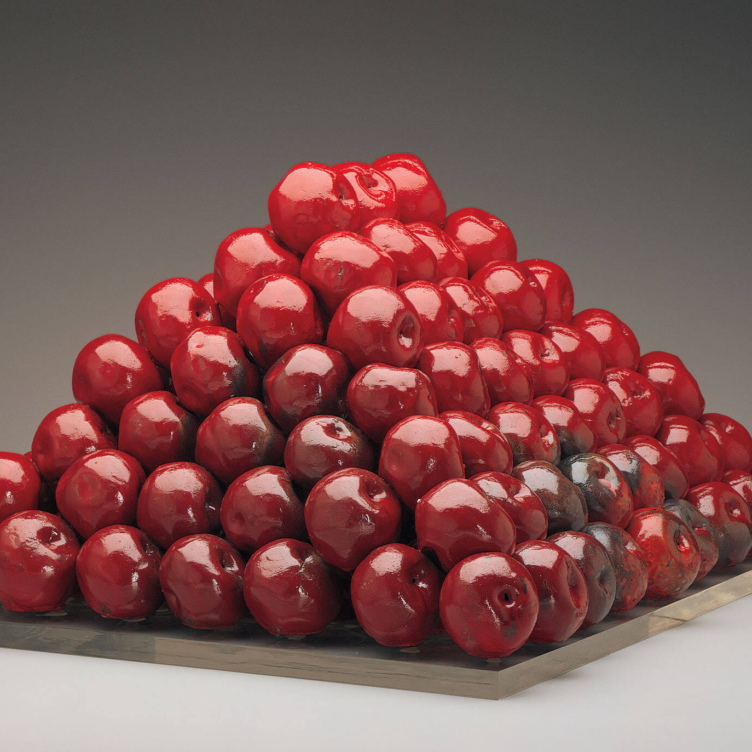 Pyramid Scheme
Pyramid Scheme
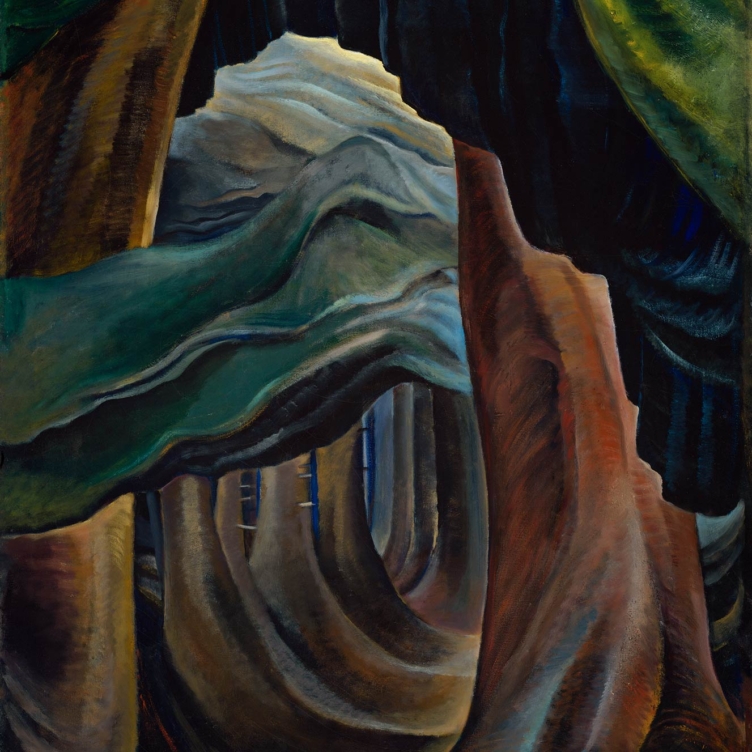 Transportive Trunks
Transportive Trunks
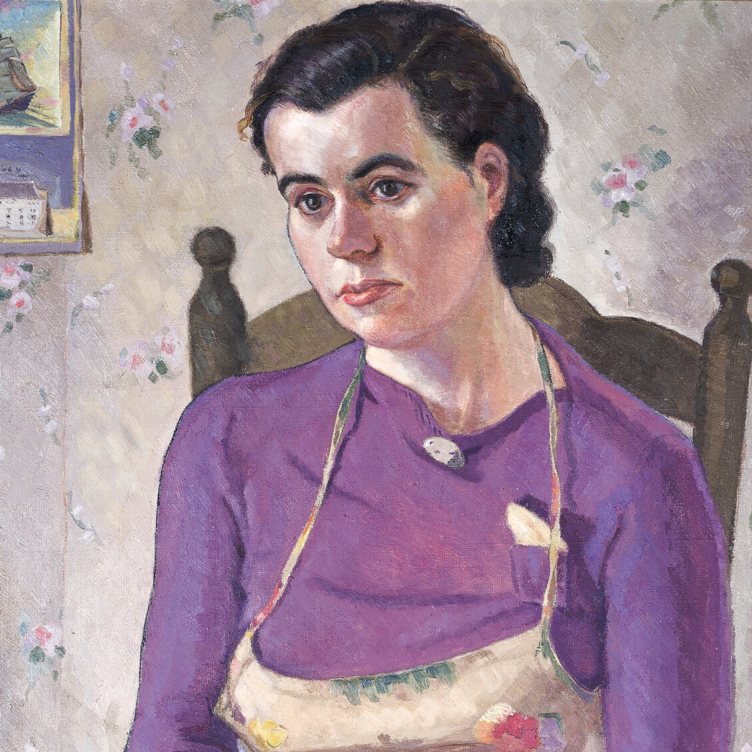 The Military Mate
The Military Mate
 Looking Up on the World
Looking Up on the World
 Vessel of Despair
Vessel of Despair
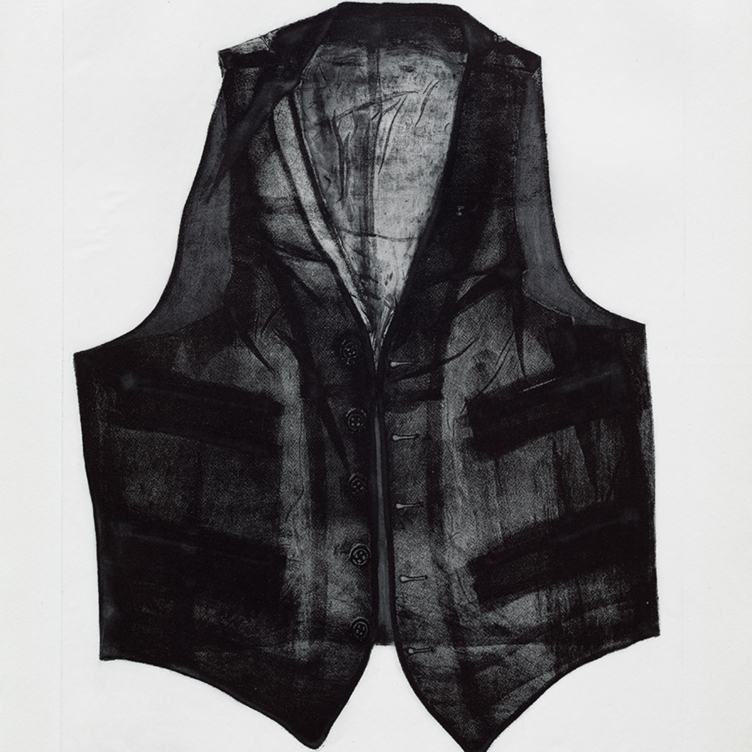 Layers of Meaning
Layers of Meaning
 In Parallel to Nature
In Parallel to Nature
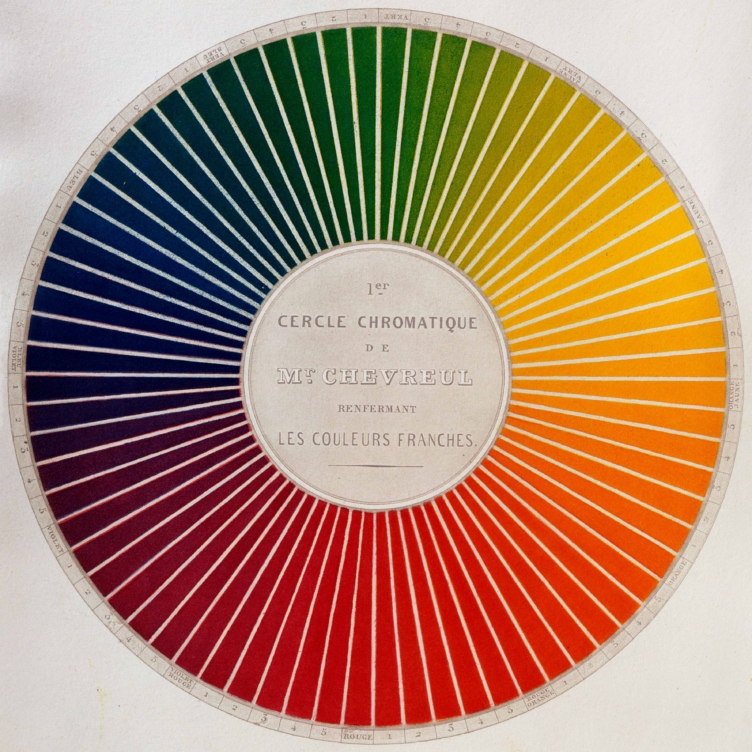 Wheel of Fortune
Wheel of Fortune
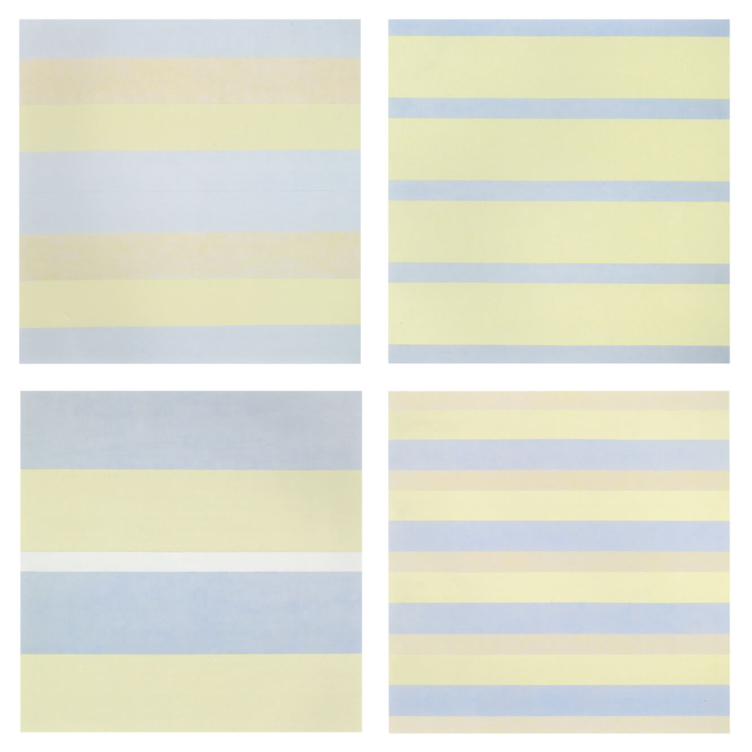 Paintings after emotional states
Paintings after emotional states
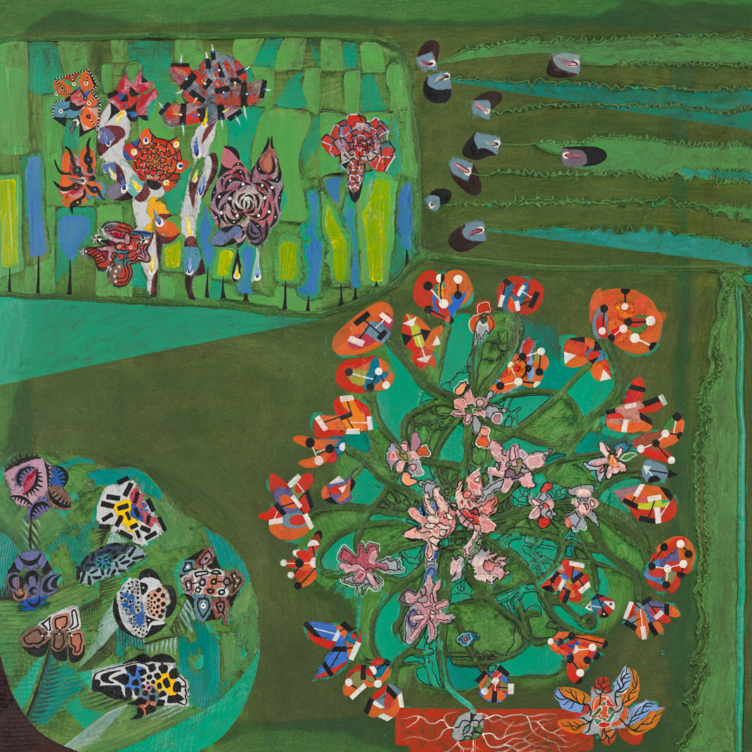 Garden of Delight
Garden of Delight
 Stitching the Archives
Stitching the Archives
 A Working-Class Hero
A Working-Class Hero
 Imagining Entangled Futures
Imagining Entangled Futures
 Bridging Far and Near
Bridging Far and Near
 Soft Power
Soft Power
 Imagining Emancipation
Imagining Emancipation
 A Priceless Portrait
A Priceless Portrait
 Meditation in Monochrome
Meditation in Monochrome
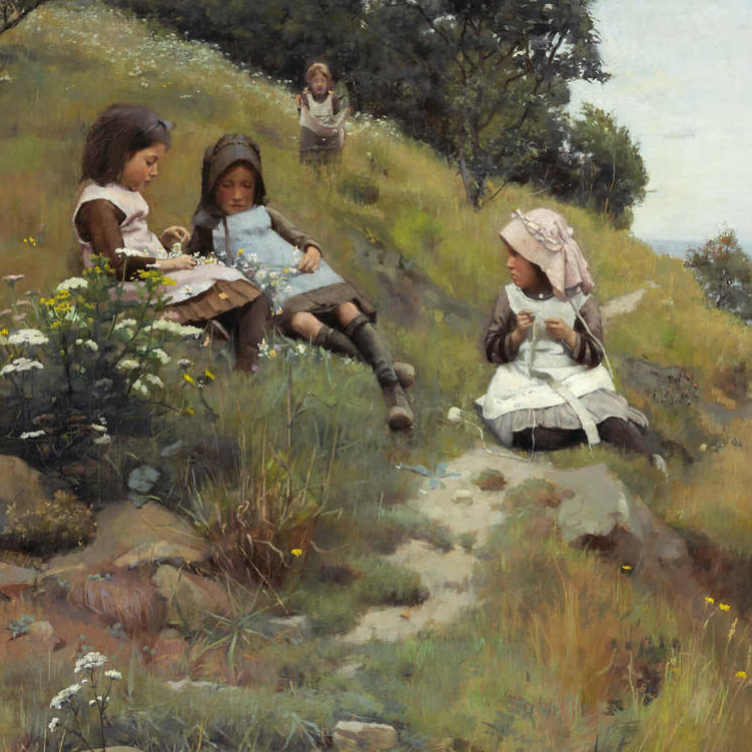 Making His Mark
Making His Mark
 Honour and Sacrifice
Honour and Sacrifice